Mostly Mute Monday: The Permanent Shadows of Ceres
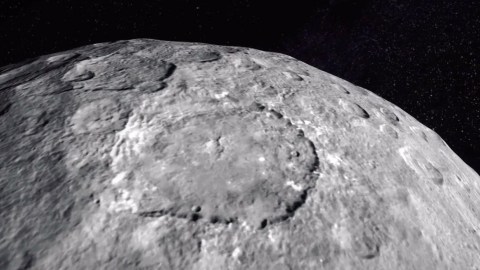
The largest asteroid in the Solar System is hiding volatile materials that have never seen the Sun.
“Lots of science fiction deals with distant times and places. Intrepid prospectors in the Asteroid Belt. Interstellar epics. Galactic empires. Trips to the remote past or future.” –Edward M. Lerner
Most worlds in the Solar System, like our own, are significantly tilted as they orbit the Sun.

But Ceres, the Solar System’s largest asteroid, is a rare exception, like Mercury and Jupiter.
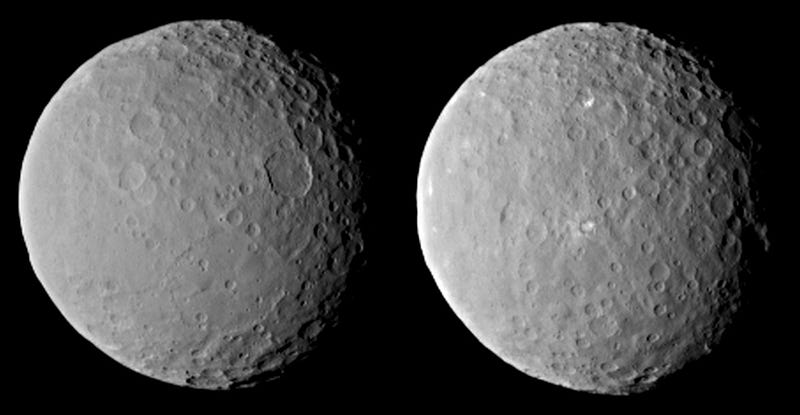
Inclined at only 3°, Ceres is so well-aligned that it possesses virtually no seasons, since its orbital eccentricity is small, too.
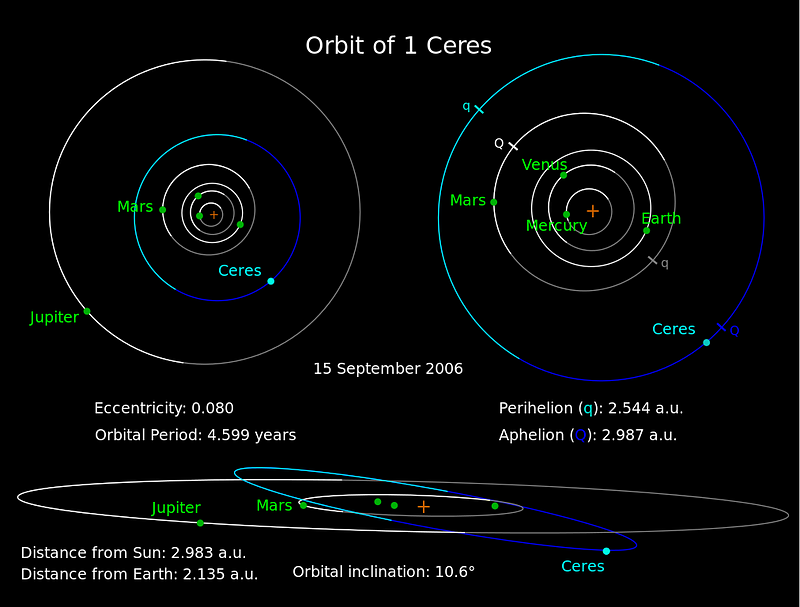
While we all wonder about the mysterious white spots in Occator crater, the polar regions offer a tantalizing possibility: permanent shadows.
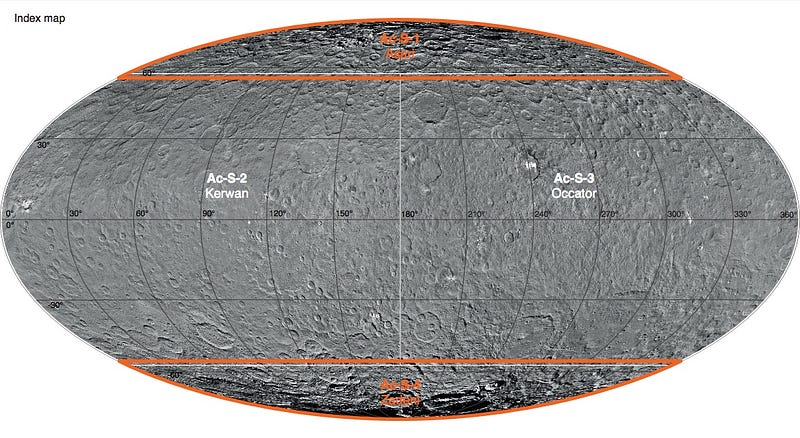
Ceres’ heavily cratered nature indicates an old surface, meaning that lava flows, oceans, or other resurfacing events haven’t occurred for billions of years.

But asteroids and comets can strike it from all angles, including at the poles.
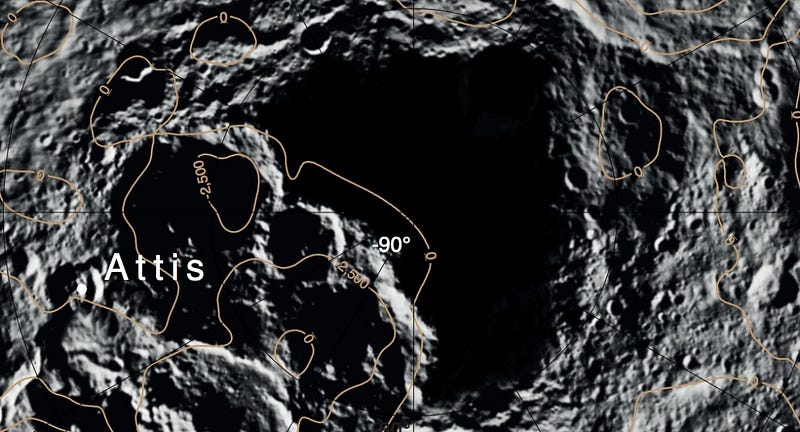
If one of those craters is deep enough, and close enough to the pole itself, the small axial tilt means that sunlight never gets in.

At present, Ceres is tilted with its north pole slightly towards the Sun, showing us a number of possible candidates.

The south pole is tipped away, with topographic maps leaving us wondering about tantalizing, shadowy hints.
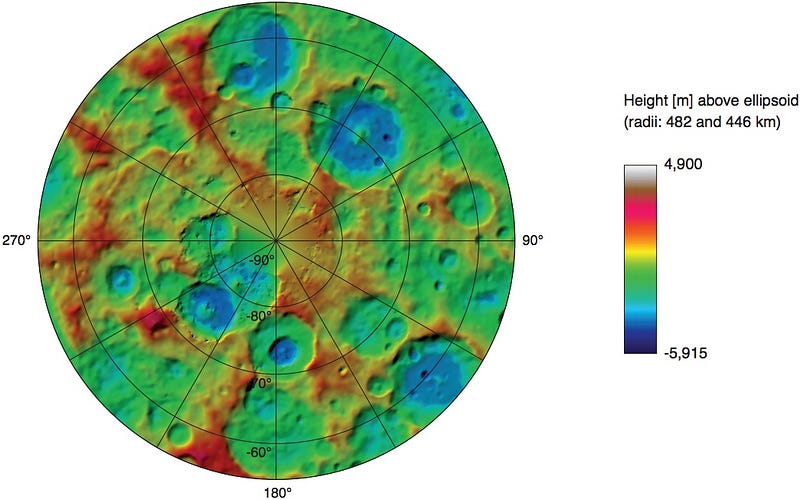
Frozen water, dry ice, even solid nitrogen could be present, thriving forever, just a few degrees above absolute zero.
Mostly Mute Monday tells the story of a single astronomical phenomenon or object in visuals, images, video and no more than 200 words.
Leave your comments on our forum, help Starts With A Bang! deliver more rewards on Patreon, and pre-order our first book, Beyond The Galaxy, today!





